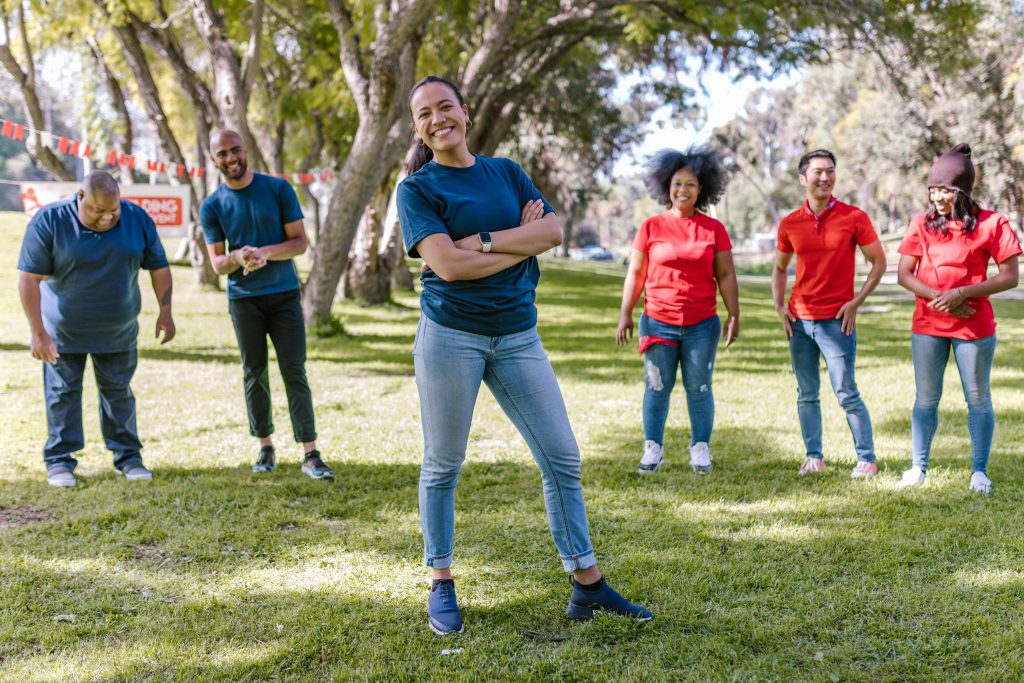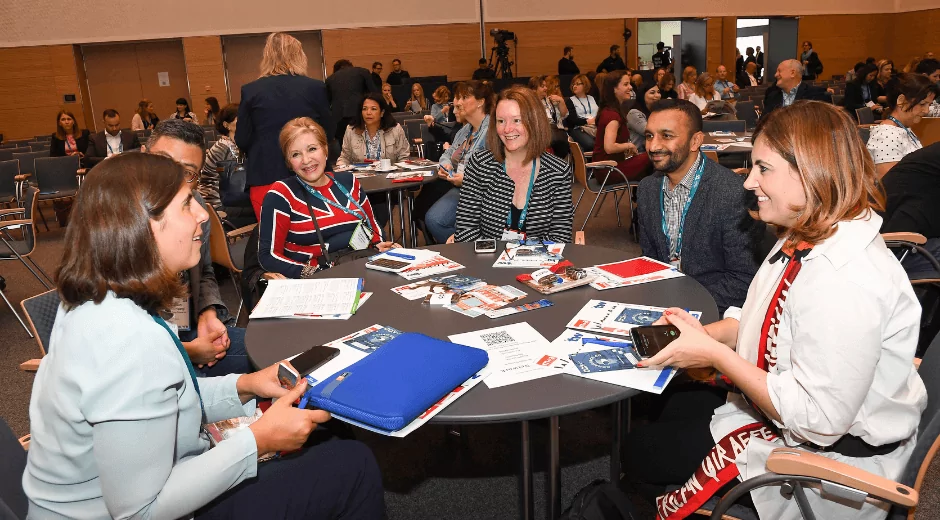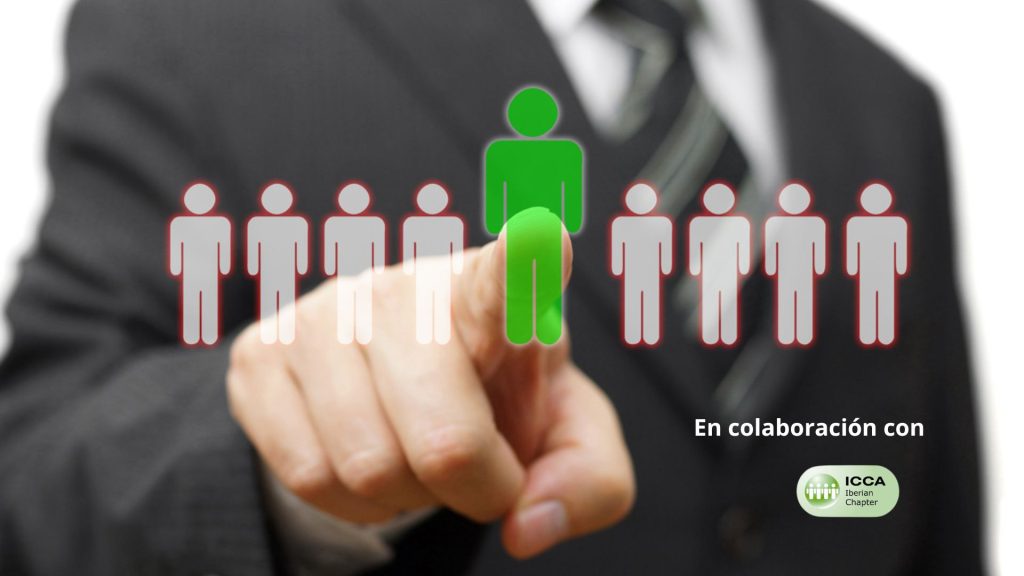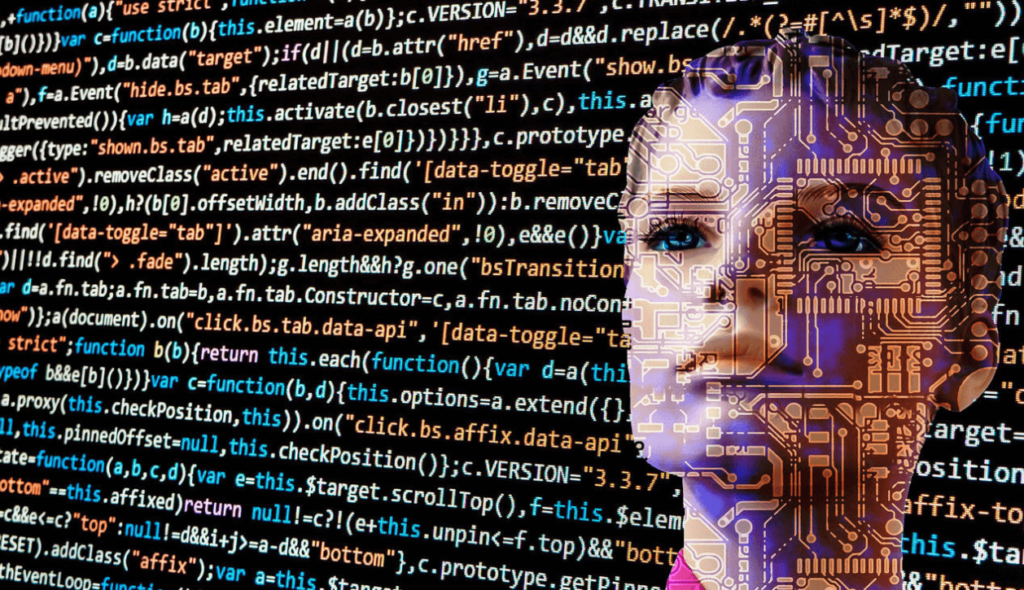7 factors to keep in mind when choosing the meeting furniture
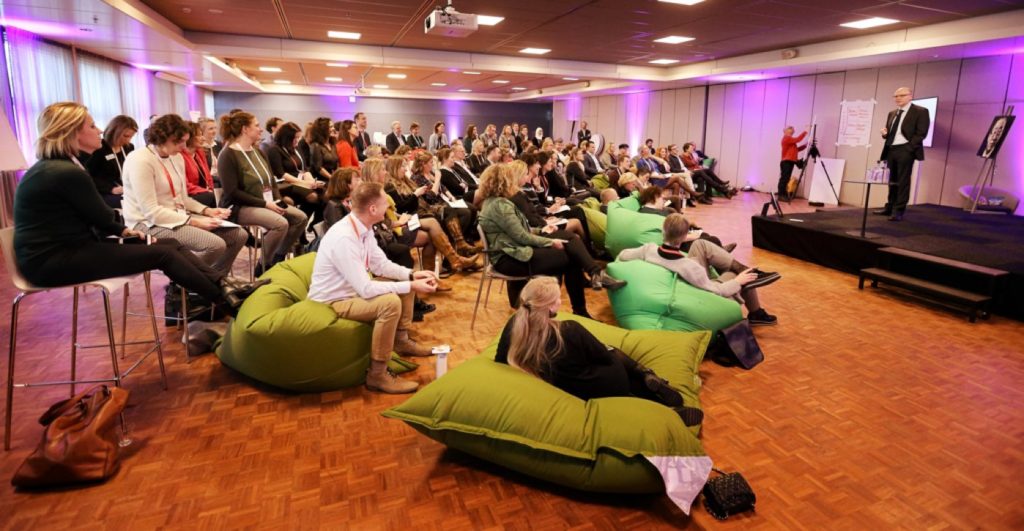
Share news
Listen
Space requirements and functions. In many cases, aesthetic criteria prevails over functional ones. No! Start from the beginning. Define the needs of your meetings. What is the purpose of this meeting? What kind of conclusions or results do you want to obtain? What message do you want to convey? And do it from the participant’s point of view. The activities you will plan will influence the furniture you need, but also how you want the public to participate in these activities. These seem like basic ideas but we sometimes take them for granted, and they are the basis that conditions all other elements.
The layout of space. A wide and clear space means comfort, but excess of space gives a feeling of emptiness and can diminish productivity; on the other hand a space a tight and full space generates oppression but also increases the feeling of urgency and success. Regulate the quantity and distance between the furniture based on the level of activation you want from the assistants. Use furniture arrangements that allow all participants to see each other to interact. Taking into account the movement of people is especially important in larger meetings. “Traffic building” is a visual merchandising technique that plans a whole strategic design of the space based on the analysis of the circulation of the public, the need for connections in corridors, the central furniture and the flow of attendees.
Shape and size matter. Furniture with curved lines gives a feeling of security and peace while straight lines and angled shapes gives coldness and rejection, so it is better to use these in transitional places where we don’t want people to stay long. Careful: using furniture that is too comfortable or individual can “abstract” your audience. Sometimes it is advisable to use higher furniture that invites you to work standing and keep alert, or larger and more shared furniture that suggests interacting.
Colours vibrate. The human mind is programmed to respond emotionally to the light perceived in each colour. The surrounding colours stimulate us in different ways and there is a whole colour psychology that studies it. Thus, on the spectrum, blue and green tones, which have a soft wave and transmit calm, safety and harmony as they remind nature. However, brighter tones like red or yellow are vibrant and activate states of stimulation and energy. Again, consider the participants in your meeting, there are variations of meaning between cultures.
Materials and textures envelop us. Human beings interact with the world through their five senses, therefore the challenge is to engage the public in the physical space through sensory stimulation so that they live a pleasant experience not only visual but tactile. Consider the function of the furniture and decide the feeling you want to give when the public uses it. Visually the brain prefers natural materials and its use increases the feeling of well-being. For example, the presence of plants in the environment will facilitate concentration and increase productivity.
Variety is the way. Today there is a great diversity of furniture for meetings. For example, in seat types can you find: chairs, armchairs, sofas, poufs, pilates balls, benches, high stools… even the floor! As we said, each of them generates a type of activation according to their shape. On the other hand, your meeting participants may work in very different ways. If you combine various types of furniture within the meeting space you will increase performance, leaving some freedom of choice depending on the moment and each participant.
Style gives personality. Back to basics: what image do you want to project? If your company is modern and committed to innovation, you can opt for more avant-garde styles with clean lines and a very careful aesthetic. If you want to convey confidence and closeness, opt for more classic furniture that recalls the interior of a conventional house. Use custom furniture that increases reliability. It has been proven that depression symptoms decrease when surrounded by photographs and memories of happy moments, for example in patients admitted to hospitals.
As you can see, there are many factors that guide us in choosing furniture. Functionality is the basis and aesthetics is the support. But most importantly, as so many other details of staging, there is an emotional dimension that impacts your guest’s behaviour and determines their conscious (or not really conscious) reactions. So are you sure what the furniture for your next event is going to be?
Brought to you by MeliáPRO Meetings
This article has been written by the editorial team of Grupo eventoplus following the company’s editorial line. Meliá, has decided to support this publication by associating its image and content as a reminder of its wide range of services for the MICE sector in Spain.


